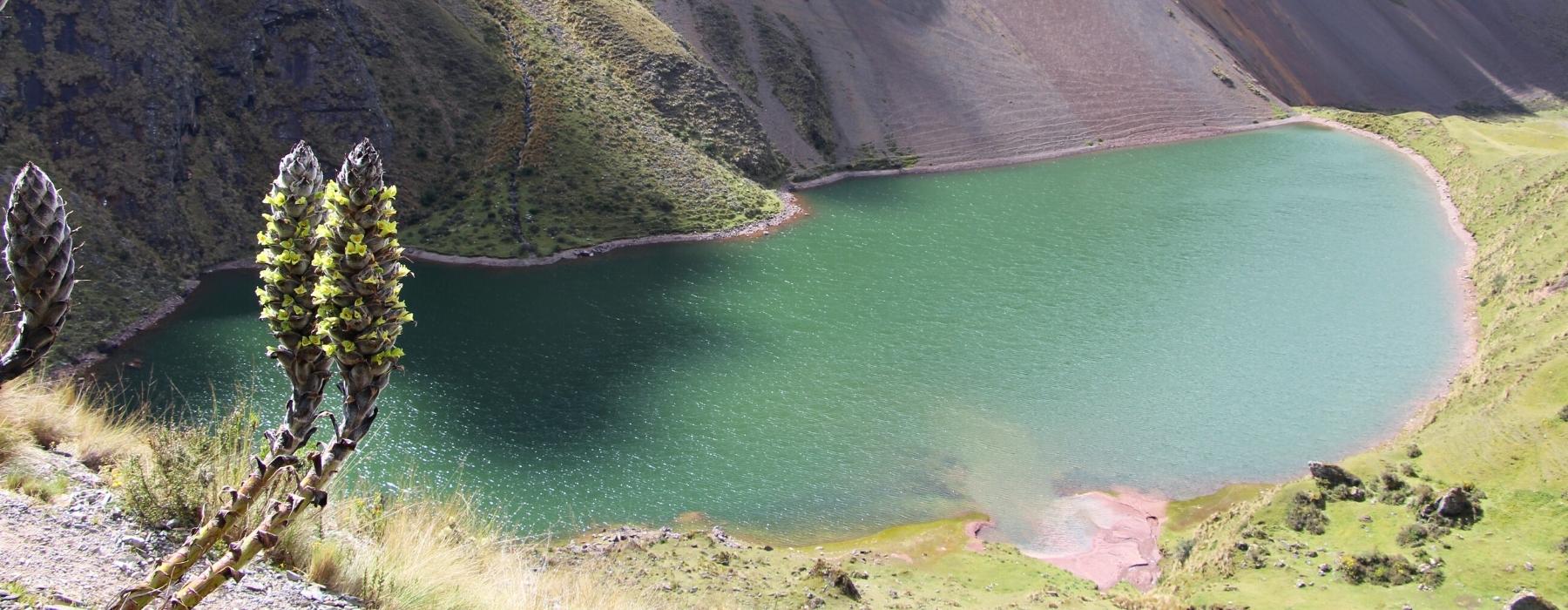
The Ancascocha Walk starts from the Soqma Peasant Community in the direction of the Ancascocha Lagoon. Then we continue to kilometer 82 and finally reach Machu Picchu, all these places to visit are located within the geographical scope of the province of Urubamba, department of Cusco.
The Walk to Ancascocha presents a uniqueness of different ecological floors with their respective heights that go from the departure of the city of Cusco, the beginning of the walk in the community of Soqma, walking through the Andes mountain range, descending until arriving at kilometer 82 and finally go to Machu Picchu.
The weather during the Ancascocha Trek route is characterized by being dry temperate with a maximum temperature of 25 ° C and a minimum temperature of up to -8 ° C (during the months of June, July and August) that can eventually occur during the overnight night. in the second camp located in Ancascocha.
From Paucarcancha the weather will be much more pleasant and condescending with visitors. Especially in the town of Aguas Calientes and Machu Picchu in the middle of the jungle, this is characterized by being hot and humid with a maximum temperature of 28 ° C and a minimum temperature of up to 7 ° C.
The distance of the Ancascocha Trail, begins in the rural community of Soqma until reaching kilometer 82, this route has an approximate distance of 49 kilometers. Finally, we continue by land transportation to Ollantaytambo and the last train ride to Aguas Calientes (Machu Picchu town).
Regarding the difficulty of the Walk to Ancascocha, it is characterized by being a challenging walk, so it is recommended to be in good physical condition prior to the walk, beforehand to perform exercises in your locality two months in advance of the trip. It will be very helpful, likewise if you come from places that are at sea level, you must arrive 2 days in advance to Cusco to acclimatize to the altitude and not present any decompensation on the route to Ancascocha and Machu Picchu.
Day 1: Cusco – Soqma – Perolniyoq – Rayan
Day 2: Rayan – Abra Kuychiccasa – Chancachuco – Ancascocha
Day 3: Ancascocha – Paso Huaynay – Valle De Quesqa – Paucarcancha
Day 4: Paucarcancha – Kilometer 82 – Ollantaytambo – Aguas Calientes
Day 5: Machu Picchu
Remember to do the Ancascocha Trail with an accredited travel agency, so that they are in charge of organizing the tour, hiring the respective vehicles, as well as looking for the suitable personnel who will accompany you on the tour such as: guide, cook and muleteers.
These aspects are very important because the walk to Ancascocha is an ideal route for nature lovers, a quiet place that is far from the city and the fact of having a travel agency that is aware of your physical and emotional integrity. It facilitates being able to enjoy the entire tour that begins at your hotel, continues to Ancascocha and Machu Picchu and then ends at your accommodation in Cusco.
The walk to Ancascocha is available all year round, the advantage of this route is that only a select group of people are those travelers who decide to do this walk, so until now there has been no limitation of access to the Ancascocha lagoon.
If you are within the profile of a traveler who likes to enjoy nature, a quiet place with few crowds en route, as well as interacting with residents of the high Andean areas, this walk is an excellent alternative for you.
The other point to highlight is that during the months of April to September is the best date on which you can make the trek to Ancascocha, contradictorily on the route to the Inca Trail during these dates the spaces are already sold out several months in advance (season high), and having this alternate route allows you to travel part of the original Inca Trail to Machu Picchu.
It is advisable to avoid hiking during the months of February and March (rainy season) in order to avoid external incidents (climatic factors) to prevent and protect your physical and emotional integrity.
If you want, you can make Ancascocha Trail personally without a travel agency, but you must organize all the logistical operations that this implies, from hiring support personnel (cook, muleteers), food, kitchen tools, camping equipment, as well as the wild of the geographical area, it is recommended to do it through a duly accredited travel agency to guarantee the experience en route.
You are urged not to litter on the road, for which the travel agency will provide you with the necessary means for better management of the waste generated on the route to Ancascocha.
Being a walk that involves physical effort, and if accompanied by minors it is recommended that they be over 13 years old, however if they do not reach that age it is possible to do the Walk to Ancascocha as long as a mule or horse is hired (especially for the second and third day of the journey), this animal will be very helpful to ascend and descend certain sections of the route, this is the only way in which children can be allowed access.
The traditional camps in the trek known as Ancascocha Trek 5 days / 4 nights are:
On the food it is a point to highlight in the walks, even more so if you do it with a recommended travel agency. In addition, in many of them the chef tests his culinary skills and skill to prepare delicious dishes for each day. Above all, the most outstanding thing is the variety that they make available to visitors who make this journey.
Tickets:
Soups:
Seconds:
Note: As you can see, the food options are varied, if you are vegetarian, vegan or have some dietary restriction. Therefore, this is not an impediment to make and enjoy the route to Ancascocha. Even better if you go with a travel agency because all you have to do is contact them in advance. Remember to inform of your food restrictions and they will take care of organizing the various dishes for you according to your requirements.
Regarding the hygienic services, on the route to Ancascocha the travel agency will carry a portable toilet with all the sanitary measures to be used in the camps. However, if en route you need to use the toilet, the only way to do it is to get off the route, find a suitable environment in nature, make a hole (they will provide you with a small shovel), and then do Your need should proceed to cover the hole, and put the used toilet paper in a bag and deposit it in the trash provided by your agency.
Your travel agency will be in charge of providing you with boiled water from the first night on during meals and for this do not forget to bring your canteen, for the first 8 hours of walking you must bring your own bottled water that you can buy before starting the tour. hike or on the same hike.
Travel agencies take this aspect very responsibly to protect the well-being of visitors and their own staff, so you should not worry, however if you are skeptical you can bring your water purification tablets if you wish.
Chef: Important personnel in the Ancascocha Trek, despite being in the heights, the chefs with great skill and dexterity carry out the preparation of food for both the visitors and the support staff, they strive to provide you with a good nutritional diet and above all varied.
Muleteer: Muleteers are the people who are in charge of carrying camping luggage, food and a certain amount of weight of travelers’ personal items, this work is carried out with the support of mules or horses, which are largely of a lot of support not only from the visitor but from the entire group that makes the walk, and the number of muleteers for the route is proportional to the number of travelers, that is, more travelers within the group need a greater number of muleteers.
Guide: The guides are in charge of leading the group throughout the journey to Ancascocha. Likewise, the guides are highly trained personnel in constant training. They generally introduce themselves to the group in advance of the walk to give them an informative talk. This talk can be at your hotel or at the travel agency office; Likewise, the day of the start of the walk, you will be picked up from your accommodation to start the Walk to Ancascocha.
Note: It is a well-known tradition in Peru and South America, to deliver a sum of money as a tip on behalf of the visitors with the agency staff (muleteer, chef and guide) as compensation, thanks for the services provided during the journey, en route you will feel how they strive to provide you with the best possible experience for all visitors.
They receive an adequate and fair salary from the company, despite the fact that they receive some extra money from the traveler. What’s more, it is an added incentive for them and their families, but keep in mind that tipping is not mandatory, it is optional.
The following example is referential, if you wish you can add a higher amount for staff:
The muleteers normally receive an average of 60 soles per person from the entire group of travelers, while the chef receives 120 soles. Since the latter, apart from carrying their own kitchen supplies, must also prepare food, which is why a higher amount is assigned.
In the case of guides, the amount varies according to the experience shared with your guide. That is, the most important thing here is your personal appreciation of the service provided and accordingly you can deliver the amount you consider appropriate and personally and directly to the guide on the last day of the tour.
The physical and mental condition is very important to carry out the walks. For example, if you are looking for a gentler walk that involves less physical effort, the Lares Walk is a good option. Likewise, if you want a moderate walk that involves greater physical effort, you can do the Trek to Ancascocha, Salkantay or the Inca Trail to Machu Picchu. Finally, there is an option for those who want extreme challenges and are looking for a challenging hike, for them we have the Trek to Choquequirao.
The best date to develop the walk to Ancascocha corresponds to the dry season (between the months of April to October). Characterized by presenting a pleasant, warm climate, no rain and better panoramic views of the route. However, the only detail to take into account is that during the months of April to July at night there are temperatures below 0 ° C, especially in the second camp of Ancascocha.
Remember that while on the Inca Trail to Machu Picchu for these dates the spaces are already sold out months in advance. That is why the Ancascocha Trek turns out to be one of the most recommended alternatives if you are looking for routes similar to the original Inca Trail.
To reserve Ancascocha Trek it is suggested to do it at least 3 to 4 months in advance, and even more so if you plan to add a visit to the Huayna Picchu mountain, since the spaces for this additional trek are limited and if you want to guarantee your visit you must to reserve it in advance.
It is advisable to bring an approximate of 500 soles per person, since you will find places where you can buy snacks, water, food (keep in mind that food is included in the walk except for the first and last). Likewise, any inconvenience may arise for which it is better to have extra money available.
If you need to carry trekking poles, it is highly recommended to do so since the route is not flat and you have to go up and down the 2 streams of the route to Ancascocha, we will test our knees and having walking poles will help us to reduce the load on our knees and we will be in better physical condition to visit Machu Picchu with ease.
If by chance you do not have a sleeping bag or walking sticks, do not worry, travel agencies offer both items for rent, if you want to rent one of them just contact your travel agency and they will be in charge of providing you the costs as well as making the delivery of them.
The costs of renting the items are generally:
We take this opportunity to inform you that all travel agencies provide a double tent for visitors. That is why 2 people must share the same tent during the entire route of the route.
However, sporadically some visitors wish to have their individual tent and not share it with anyone, fortunately for these clients it is possible to manage the individual tent. Therefore, all you have to do is request your travel agency, this service has an average additional cost of US $ 70.00.
Regarding the shower, in the camps it will not be possible to find showers both on the road and in the camps, in front of this the travel agency usually provides hot water in a small container so that you can use it to wash your face or Similar. The only option available is close to km. 82 in the Wayllabamba camp where it is possible to access a hot shower, this is managed by the local population and has a cost of 10 soles per person.
Travel insurance is optional but highly recommended, since in the event of an incident on the road, you can quickly solve it with travel insurance that allows you to carry out support procedures between the various institutions.
These are some of the reasons why it is important to have travel insurance:
Here are some recommended travel insurance websites:
www.assistcard.com
www.mapfre.com
www.intermundial.es
www.fiatc.es
Ahart Frinzi & Smith
World Nomads
Berkley Internacional
Amex Assurance
Liberty Seguros

This adventure is for people who really want to experience nature and the Andes at its best: snow covered mountains, deep valleys, pristine lakes, animals such llamas, alpacas, vicuñas, and encounters with indigenous people who live in these high mountains.
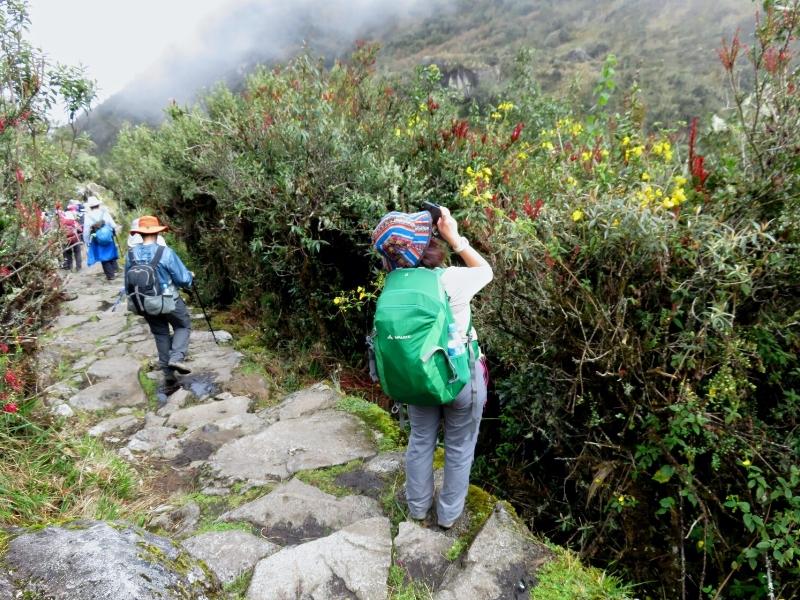
Ancascocha Trek & Classic Inca Trail to Machu Picchu will take you through beautiful landscapes and snowy mountains surrounded by colorful lakes and waterfalls. You will discover ancient inca ruins, local flora and fauna of Machu Picchu.

The Ancascocha Trail to Machu Picchu in the Peruvian Andes is a remarkable trail that remains off the beaten path. It is listed as one of National Geographic’s 20 dream hikes on their World Best Hikes list.
 LOCALLY INSPIRED, DELICIOUS FLAVOURS
LOCALLY INSPIRED, DELICIOUS FLAVOURS
 OUR PASSIONATE TOUR GUIDES
OUR PASSIONATE TOUR GUIDES
 YOUR SAFETY OUR PRIORITY
YOUR SAFETY OUR PRIORITY
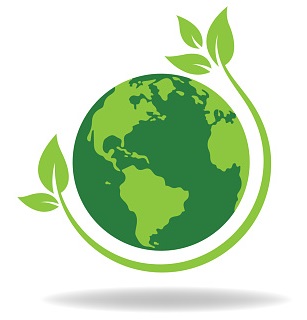 ENVIRONMENTAL SENSITIVITY
ENVIRONMENTAL SENSITIVITY
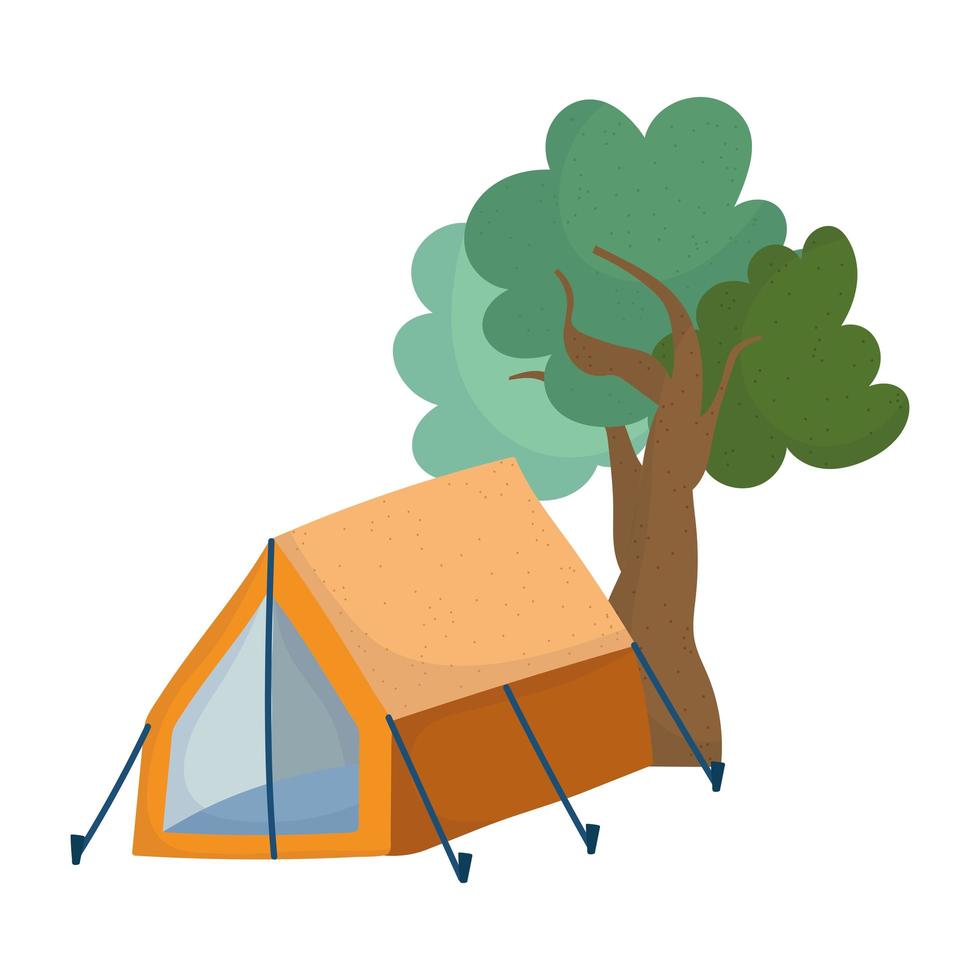 CAMPING EQUIPMENT
CAMPING EQUIPMENT
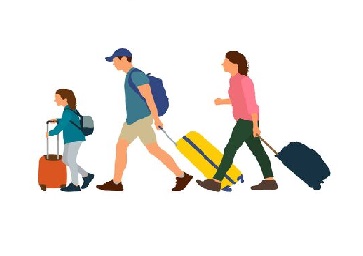 SMALL GROUPS & BIG ADVENTURES
SMALL GROUPS & BIG ADVENTURES